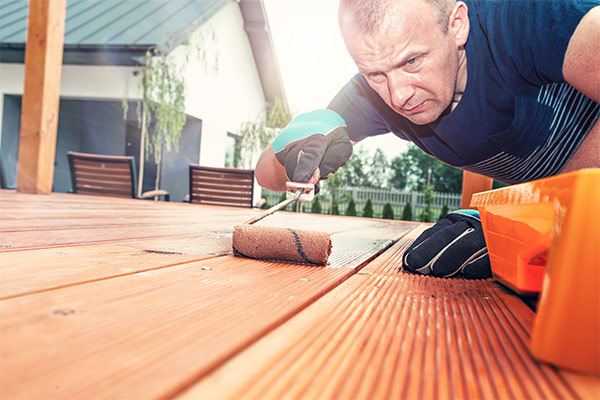
You might not think that car bumpers, wood deck protectants, and dental filling materials would have a lot in common, but studies show that they could have a link that would make restorations stronger and last longer for dental patients.
It’s standard for current dental restorations to last, on average, seven to 10 years before needing to be replaced. They can crack from the repeated stress of chewing, teeth grinding and jaw clenching. Or the adhesives holding them in place can eventually lose their strength, causing a decay-inviting gap between the tooth and restoration to form.
According to a study published in the Scientific Reports journal, researchers in Portland, Ore. at OHSU School of Dentistry have created a filling material twice as strong and resistant to wear and fractures as existing materials. The study shows that the key to this strength and durability is in the additive


If this type of restorative materials would hit the dental market, clinicians would be able to provide a higher level of care and patient satisfaction by offering more reliable and longer lasting solutions to a common oral health problem.
However, that’s not all. The filling material is just one half of the restoration equation. Without an equally improved
This adhesive tested 30% stronger after 6 months than adhesives currently in use for dental restorations. To achieve greater adhesion the team used a special kind of polymer known as (meth)acrylamides, which are much more resistant to breaking down in the presence of moisture, bacteria
If combined these two materials have the potential to create dental fillings that last twice as long as the ones currently created today. As always with new innovation in

